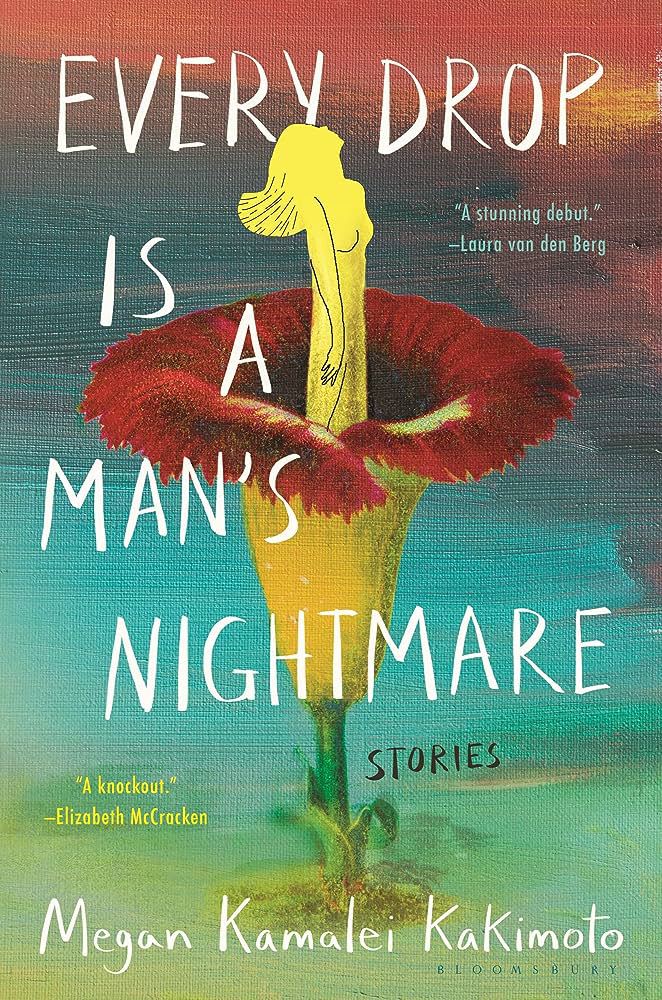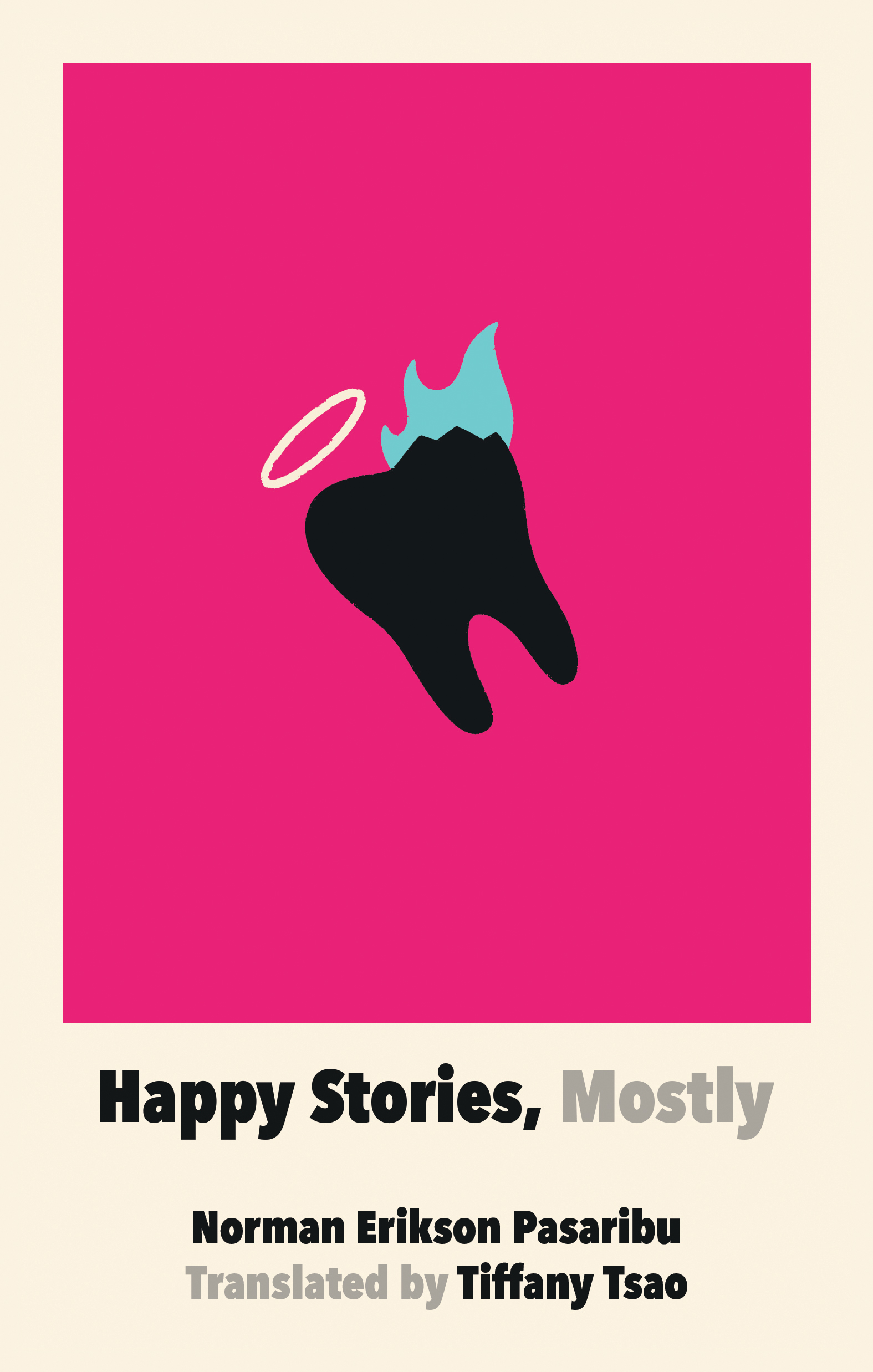
By NORMAN ERIKSON PASARIBU
Translated from the Indonesian by TIFFANY TSAO
From Happy Stories, Mostly by Norman Erikson Pasaribu, translated by Tiffany Tsao. Excerpted with permission from the publisher, Feminist Press.
Welcome to the Department of Unanswered Prayers! Here’s your ID. When it’s time to go home, put your badge in your bag and leave the bag in your car. Rather than tossing it in some drawer, I mean, or chucking it somewhere inside your room. Don’t worry. No one will steal it. And don’t forget to bring it tomorrow and the day after and all the days after that. You’ll need it to get past security and to access the main entrance, the department, the sub-departments, the letter storage facility, and the archive. It happens every now and then—someone forgets their badge and has to go home to retrieve it. What a waste of time and money. Remember, every minute you’re late will incur a corresponding reduction in your heavenly salary. Each minute you’re late also incurs a 0.33-point penalty, to be subtracted from your end-of-year point total. Don’t let it get so dire that you can’t redeem them for the leave you’re entitled to every fourth year, because if you’re short even a fraction of a point, you’re still short a fraction of a point.













